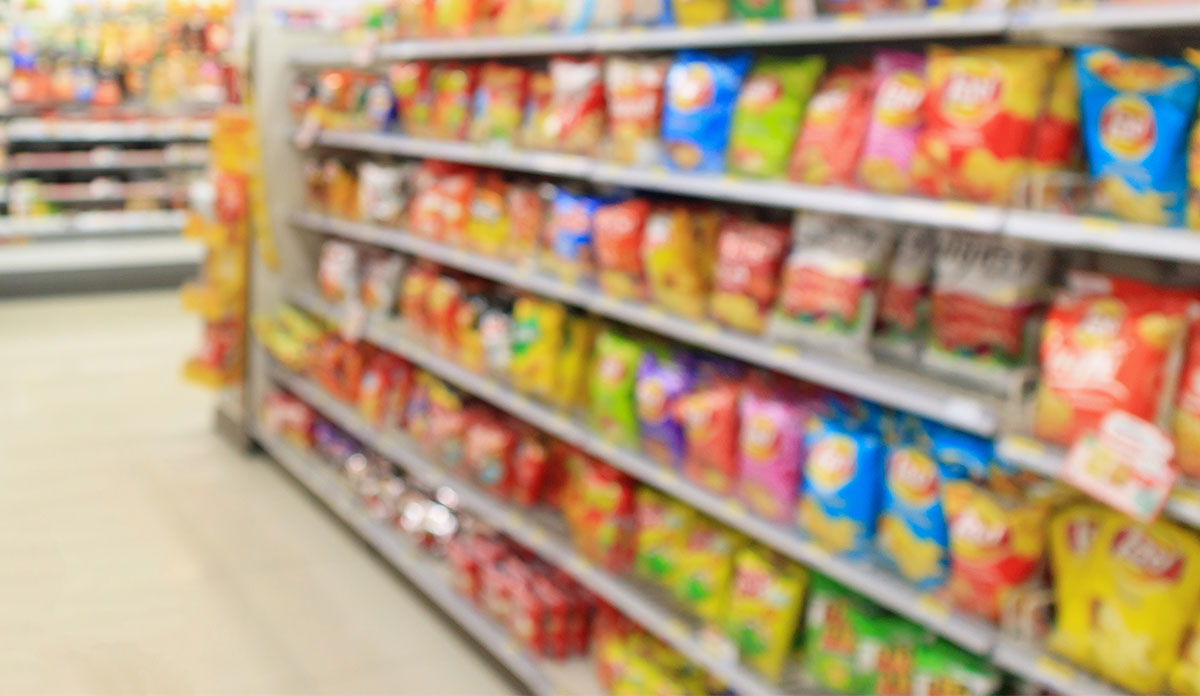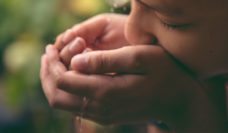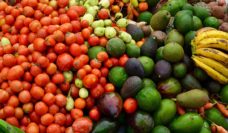This is part two of a four-part series during AAPI Heritage month to highlight the impact of colonialism on Pacific Islanders in the US territories.
Food is history. The ingredients, the cooking methods and the ways we share meals reflect traditions passed down for generations. However, in many countries, food is also a stark reminder of centuries-long colonial rule.
Pacific Islanders in Guam and American Samoa used to enjoy nutritious local staples like root crops, fresh vegetables and lean meats. Then, in the late 1800s US colonizers arrived with unhealthy food products in tow. The introduction of the “Western diet” – high in sugar, loaded with fats, and made-up of ultra-processed carbohydrates – altered the region’s cuisine.
This nutrition transition on the Pacific Islands accelerated after World War II. In the wake of the war’s destruction, native Pacific Islanders faced severe food shortages. Living off locally grown produce was no longer enough. Instead, Pacific Islanders were forced toward Western products that were shelf stable, including canned meats like Spam. Eating processed foods became necessary for survival, but firmly established unhealthy eating patterns. Imported products now overwhelmingly occupy the supermarket shelves with cheaper price tags, which leaves traditional foods by the wayside.
To assume Pacific Islanders can simply transition back to eating local, healthy ingredients ignores the lasting impact of colonized diets.
Sievert et al. led a study to explore patterns of processed food purchases across the Pacific, including the US territories of Guam and American Samoa. The team used the Euromonitor International Passport Global Market Information Database to analyze the sales of processed food products from 2004-2018. Items categorized as processed foods included instant noodles, vegetable oils, ready-to-eat meals and savory snacks.
Processed food sales are increasing across all the Pacific Islands. This increase in non-traditional and low-nutrient foods is linked to rising chronic disease, particularly obesity and diabetes. For example, 21.5% of American Samoan adults had diabetes in 2002. That number jumped to nearly 33% in 2014, coinciding with increased processed food sales.
To assume Pacific Islanders can simply transition back to eating local, healthy ingredients ignores the lasting impact of colonized diets. Since World War II, Pacific Islanders have incorporated Spam and other processed foods into their local cuisine. Expecting Pacific Islanders to change their diet because it’s unhealthy neglects the reality that these foods have become part of their culture.
Locally produced food products are also prohibitively expensive. Affordability affects food purchasing decisions, especially in territories like American Samoa where 57% of individuals live in poverty. In the US, low-income individuals can receive a monthly food allowance via the Supplemental Nutrition Assistance Program (SNAP). However, federal law excludes the US Pacific territories of American Samoa and the Northern Mariana Islands from SNAP.
Instead, the US government offers these territories block grants through the Nutrition Assistance Program (NAP). Although similar in name, NAP is not equivalent to SNAP. The maximum benefits offered to low-income Pacific Islander families via NAP is roughly two-thirds the amount SNAP recipients receive. Both the House and the Senate proposed legislation in 2019 to extend SNAP benefits to the excluded Pacific Island territories. However, legislators never voted on either of these bills.
Colonial and military occupation changed the dominant foods on the plates of Pacific Islanders, with serious implications for long-term health. History reveals how Pacific Islanders took their limited food options during a time of war and re-defined the local cuisine. The dishes we see today are a testament to their resiliency. However, they are also a painful reminder of the region’s history of trauma and colonization.
Next week we examine the impact of colonization on the mental health of Guam’s indigenous population.
Read part one of the AAPI series: Green Crime of Colonization.













